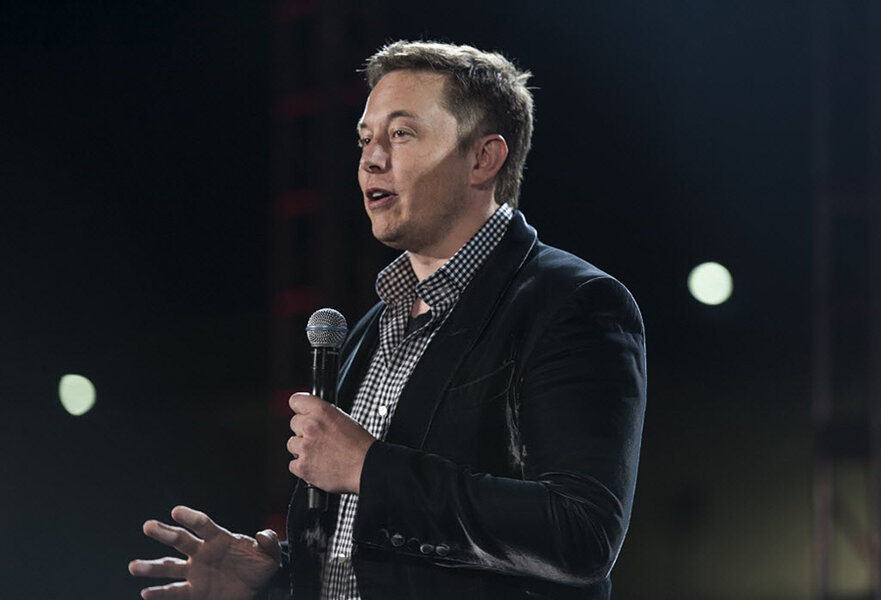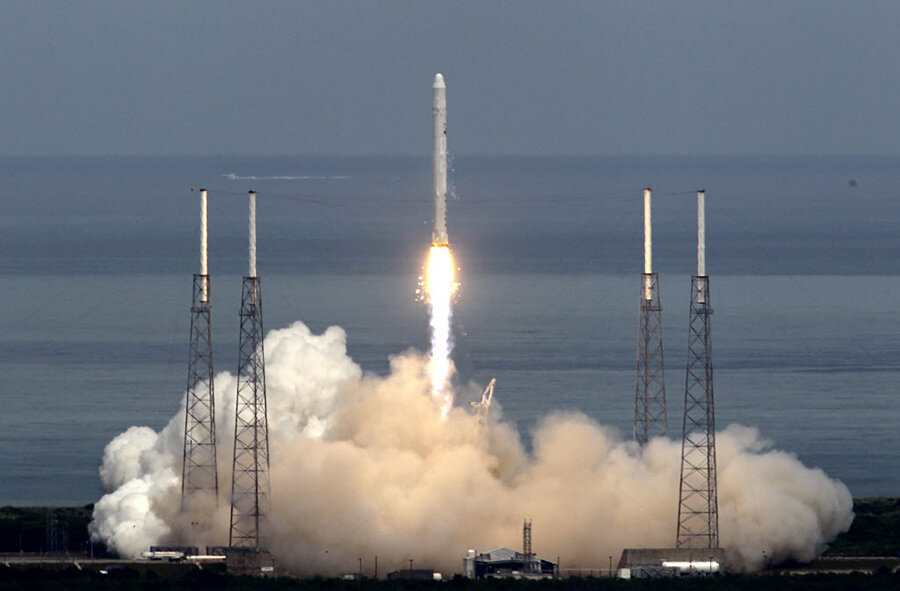For Elon Musk, this effort to reinvigorate the space race through private investment began with a plan to send mice, or possibly a robotic greenhouse, to Mars.
“The logical thing to happen next is solar, but I can’t figure out how to make any money out of it,” Mr. Musk told a friend in 2001, according to his biographer Ashlee Vance. “He started talking about space, and I thought he meant office space like a real estate play.”
After a failed effort to negotiate with several Russian arms companies to buy a refurbished intercontinental ballistic missile that could be used to launch mice into space (during one meeting, a Russian designer reportedly spat on Musk), he recruited a team of young engineers and consultants, including Michael Griffin, who later became the head of NASA in 2005, to develop a new project in Southern California.
Beginning with a series of plans to build his own rockets instead of partnering with a commercial supplier, Musk’s grand plans often led some engineers to question his sanity rather than hail him as a visionary. After Musk wanted to launch for Mars by 2010, some compared him to Howard Hughes, who had also moved to Southern California to invest in the then-nascent aircraft industry.
But the company eventually proved successful. After a series of tests using rockets and launchers made from various modified parts, SpaceX had its first successful flight in September 2008, becoming the first privately-funded company to launch a liquid-fueled rocket into space.
In June 2015, Musk’s third attempt to launch a rocket to resupply the International Space Station exploded during launch after a steel strut holding a bottle of helium snapped, Musk later reported.
But Musk appeared to be undeterred, with the company staging a successful landing of its Falcon 9 rocket on the night of December 21, which launched 11 satellites into low-earth orbit. The rocket's first stage then returned to Earth and landed vertically, enabling the company to reuse it for future flights.
“Today SpaceX is probably the most successful company in Elon’s empire,” Ms. Vance told National Geographic in June 2015. “It’s not space tourism. It’s taking satellites up for countries and for companies and resupplying the international space station. They have a backlog of about eight billion dollars in orders over the next five years. They fly every three weeks or so. And they’re getting very close to reusable rockets and other cool stuff.”








